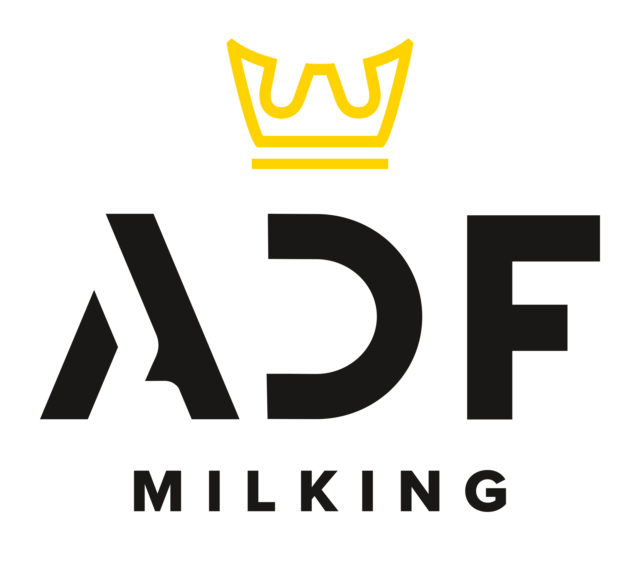Also common, it had a milking robot, automated calf feeders and other modern technology, as well as another familiar feature in Icelandic agriculture: a church. The heifer fence, made of barbed wire held up by leaning posts, circled the small graveyard and modest chapel.
I asked Hrönn if the heifers ever get out. She said they must be religious because they go to the church often.
I resisted any pun on “holy cow.”
In most parts of Europe, medieval churches were built in large towns and cities, being grand and stately buildings meant to showcase the church’s importance. Iceland did not have populated areas throughout most of history, and its one city, Reykjavík, only became an urban center after World War II. Instead, nearly all Icelanders were spread out on farms in the countryside.
Power was distributed in medieval Iceland among the farmowners, the largest among them becoming chieftains. Around 1,000 A.D., Christianity was declared the official religion on the island. Soon after, churches sprang up on farms all over the countryside, both to serve the local inhabitants connected to the farm, as well as to showcase the owner’s wealth and influence. It is estimated that, after a few centuries, every second or third farm had a church.
Due to warring chieftains creating instability in Iceland, the island willingly submitted to the Norwegian crown in the 13th century and then later ended up in Danish hands following the Kalmar Union a century later. Both governments had strong centralized churches, Iceland becoming Catholic under the Norwegians and eventually Lutheran under the Danes. Both crowns set up official clergy infrastructure on the island. Church-owned land had farms on them as a means of financial support, the bishops and vicars being farmers themselves. They were charged with looking over both a metaphorical and literal flock – and, in some cases, were leaders in sheep genetics. Regardless of where the power lay in Iceland, churches and farms were inextricably linked.
In the U.S., it is rare to see a chapel behind a farm, although the church and agriculture is starting to become connected in a different way. The National Congregational Study Survey suggests there are nearly 400,000 churches in the U.S., many of them in the countryside and in ownership of land. It is estimated the Catholic Church alone owns 177 million acres globally. Some of these congregations have started to look for ways to put this land to use.
Farming is a difficult venture to start into without inheriting land or having sufficient capital. As a result, there are plenty of young and ambitious people who have the passion for agriculture but not the means to participate in it. Some churches, typically having the benefit of not paying taxes, have allowed individuals access to unused land in order to put it to agricultural use. California FarmLink, which works with immigrants and beginning farmers to gain access to land and financing, has started working with faith-based organizations in order to place more people into agriculture.
Some churches see farming as part of their greater mission. Some have partnered with local civil agriculture groups, while others have joined national initiatives such as the Christian Food Movement, the Interfaith Sustainable Food Collaborative or Land For Good. They recognize the communion that can be found in planting and harvesting vegetables, as well as the importance of providing both food and employment opportunities for those who may need it. Responsible farming practices are an element of stewardship that many faith leaders see as part of their calling.
Not all of these church-associated farming activities are found in the countryside. The Black Church Food Security Network connects churches across the Mid-Atlantic states, most of them in cities, and helps them grow their own food. The produce is then given away for free or at a reduced rate to those who need it. The initiative helps provide nutrition to those who have trouble finding something to eat, as well as engaging in a community-led activity that brings people together.
The church and the farm are two buildings that have been part of human existence for a long time. In particular, they are two institutions that have sustained the countryside and the people in them. It only makes sense that, once in a while, they would be linked as humanity continues to try to figure itself out. In the same way churches were once seen as advantageous by those who owned farms, that very act of farming is now seen as beneficial by church leaders looking to support their communities. It turns out sometimes the plow and the pew aren’t far apart.






